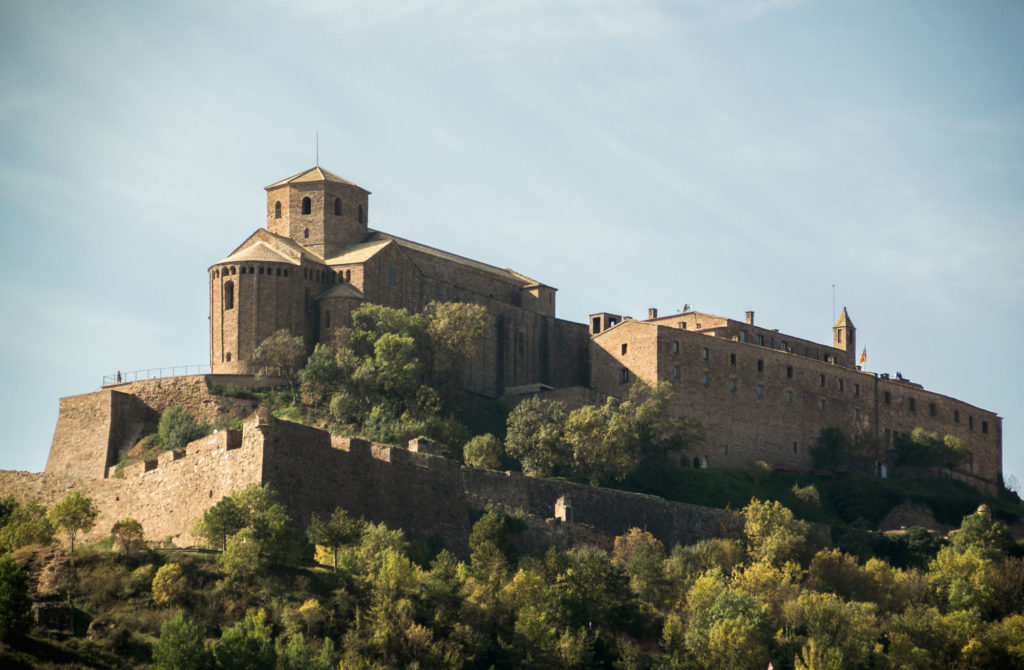Orson Welles loved Spain, so much so that, although he died in California, his ashes were scattered in a bullfighting friend’s well (what a pun!) at Ronda in Andalusia, and it is also rumoured that some of his ashes were sprinkled on the sand of Spain’s oldest operating bullring, also in Ronda, where Welles, like Hemingway, used to spend his time watching the mystical confrontation between man and beast.
Welles once said that Spain wasn’t a country, but a continent, and he shot parts of several of his films in Spain – including F for Fake, The Immortal Story,Treasure Islandand Mr. Arkadin. He also worked for a long time on a version of Don Quixote, although he was unable to finish it.
Chimes at Midnight was based on the play ‘Five Kings’. It was written by Welles and condensed Shakespeare’s Henrys IV, V, VI, and Richard III into one show. He produced the show in New York in 1939, but the opening night, where Part 1 was performed, was a disaster and Part 2 was never put on.
He tried again in 1960, but again without success, although the latter version would become the basis for the film.
At what is today the Parador at Cardona castle, some of the scenes of Henry’s court and his coronation were shot, mostly in the crypt of the Abbey of San Vicente within the castle, where all Henry IV’s interior scenes, including his funeral were filmed, purporting to be Windsor Castle.
Cardona is also used for the scenes where a randy Kate Percy attempts to find out what her husband Percy Hotspur is up to as he heads off to rebellion and his doom, in that order.
In the scene where Henry V exiles Falstaff, the action moves from Ávila to Cardona and to Medinaceli all in one quick edit.
500 local people participated in the scenes shot at Cardona, an event that was of enormous importance in the town at the time.
